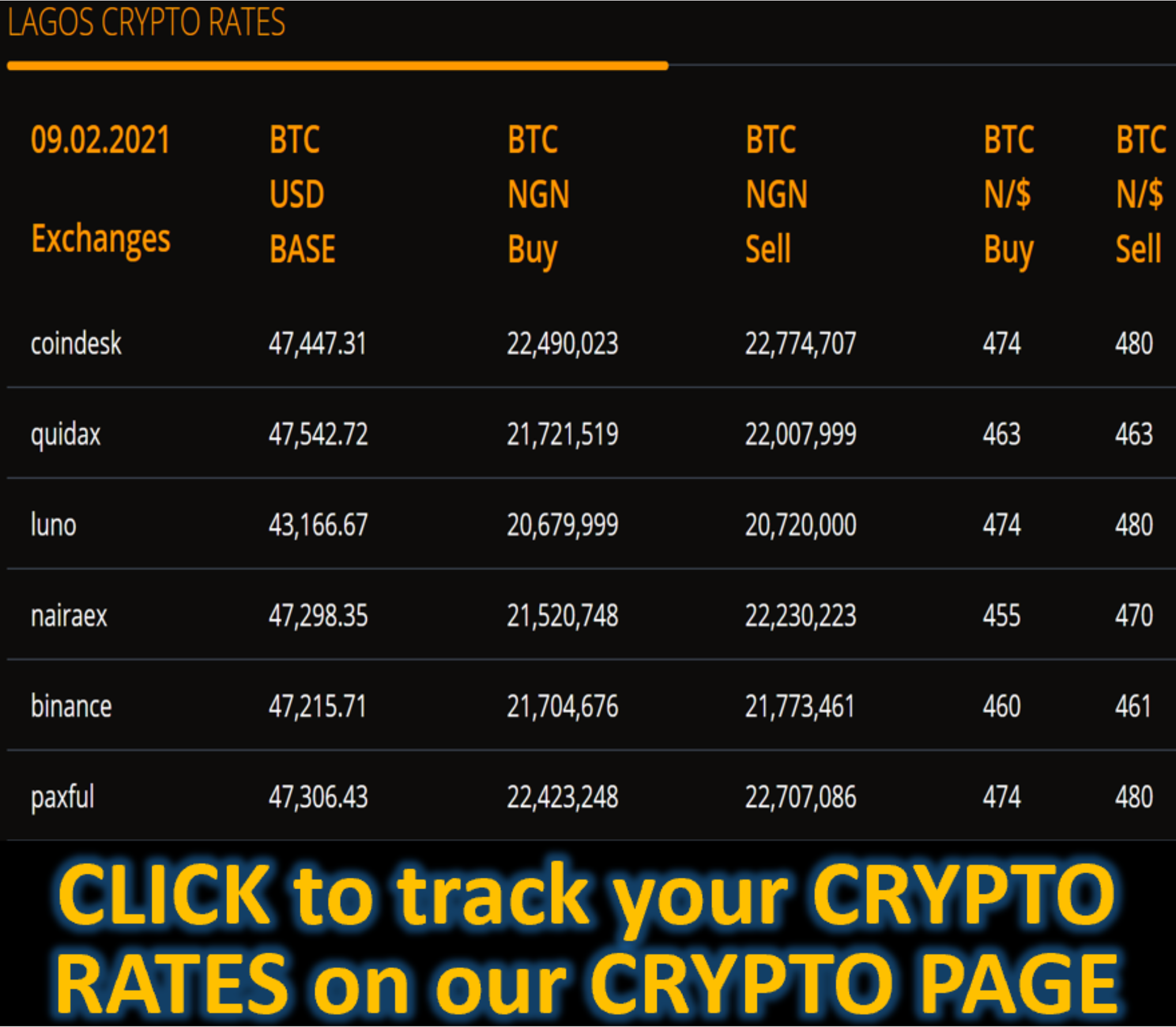Market News
Brazil’s Central Bank Warns of Prolonged Interest Rate-Hiking Cycle - BLOOOMBERG

(Bloomberg) -- Brazil’s central bank warned that additional deterioration of inflation expectations could lead to a more protracted tightening cycle, days after policymakers doubled the pace of their interest rate hikes.
“A further deterioration in expectations could lead to a more prolonged monetary policy tightening cycle,” central bankers wrote in minutes to their Nov. 5-6 meeting, when they raised the benchmark Selic by 50 basis points to 11.25%.
All board members share “discomfort” with inflation estimates that remain at least half-point above their 3% target, policymakers wrote in the document published Tuesday, noting that the short-term outlook is “more challenging.”
The board “believes that the conduct of monetary policy is a fundamental factor in reanchoring expectations and will continue to make decisions that safeguard credibility and reflect the fundamental role of expectations in inflation dynamics,” they wrote.
Policymakers led by Roberto Campos Neto are facing a worsening inflation outlook driven by factors including a resilient economy, a tight labor market and consumer price forecasts that are rising above target. President Luiz Inacio Lula da Silva’s administration has expanded public transfers and raised the minimum wage, bolstering household consumption. That push is also fanning investor concerns about fiscal policy, causing the real to weaken.
What Bloomberg Economics Says
Brazil’s central bankers agree that 50-basis-point rate hikes is an “appropriate” pace of tightening, the minutes of their latest meeting show, but policymakers didn’t commit to such a move in December. We think that aimed to push back at market pricing of a 75-bp move at the next meeting while showing it remains committed to the inflation target. If that’s the case, it’s likely too subtle to influence market pricing.
— Adriana Dupita, Brazil and Argentina economist
— Click here for full report
Investors’ views of worse-off public accounts has had a “significant” impact on asset prices and inflation expectations, central bankers wrote. During their rate-decision meeting, policymakers emphasized the challenge of stabilizing public debt, defending the need for structural spending cuts and reaffirming that countercyclical monetary and fiscal policies can ensure price stability.
“It was mentioned that the reduction of spending growth, especially in a more structural way, could even induce economic growth in the medium term through its impact on financial conditions, risk premium, and better allocation of resources,” they wrote. The bank expects a reduction in public spending “over time” and reinforced “the need for sustainable fiscal rules.”
Lula has said he is “seriously discussing” spending cuts with his ministers in an attempt to regain investors’ confidence in the sustainability of Brazil’s public accounts. The proposals, which are advanced but have been delayed due to the president’s indecision, could be included in a constitutional amendment and a complementary bill that would need to be approved by Congress.
“The much-awaited fiscal package, as well as the dynamics of inflation expectations in coming weeks, will define, in our view, whether the pace will accelerate or not,” Caio Megale, chief economist at XP Investimentos wrote in a research note. His call is for a 13.25% Selic at the end of the tightening cycle.
Upside Risks
Annual inflation accelerated to 4.76% in October, breaching the 4.5% top of the bank’s tolerance range. Energy and meat costs continue to rise following severe weather. Policymakers forecast consumer price growth at 4.6% next month.
Retail sales rose 0.5% in the month of September, below the 1.4% estimate in a Bloomberg survey, the national statistics agency reported later on Tuesday.
In the minutes, central bankers warned overall inflation risks are tilted to the upside. Food prices have been impacted by recent droughts while industrialized goods are pressured by a weaker currency and service costs are above target.
“An interruption in the disinflationary process has been observed,” they wrote.
Most traders see borrowing costs rising to near 14% by mid-2025, while economists at major Wall Street banks also lifted their estimates for the end-of-cycle Selic following last Wednesday’s rate announcement. Policymakers refrained from giving guidance on their next moves, saying their steps will be guided by a “firm commitment” to tame inflation.
In the minutes, policymakers also commented on a “challenging” international environment, with “significant” economic and geopolitical volatility.
“The board also emphasized that a context of greater global uncertainty and more abrupt exchange rate movements requires greater caution in the conduct of domestic monetary policy,” they wrote.
(Updates with economists comments from sixth paragraph on)









